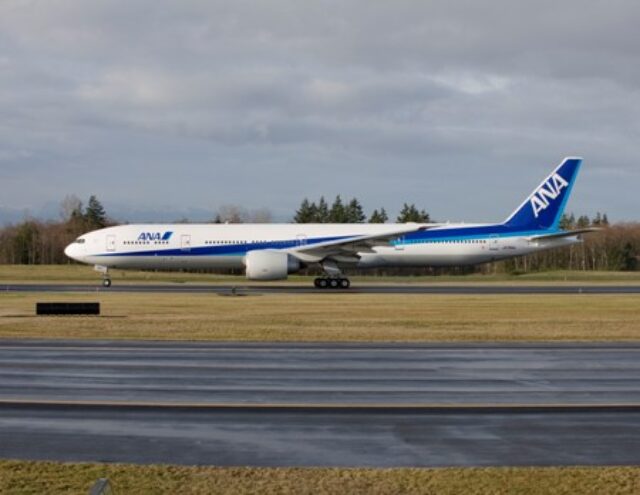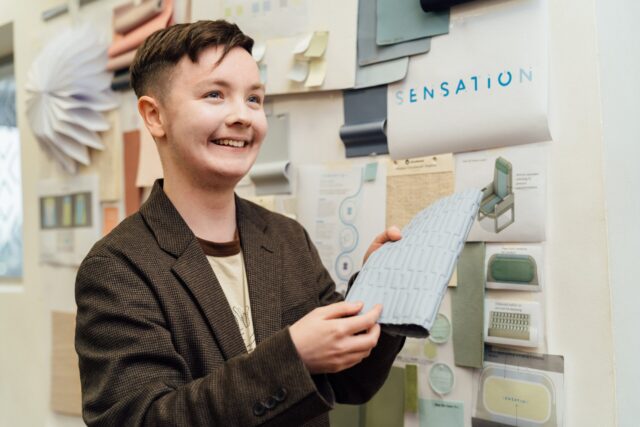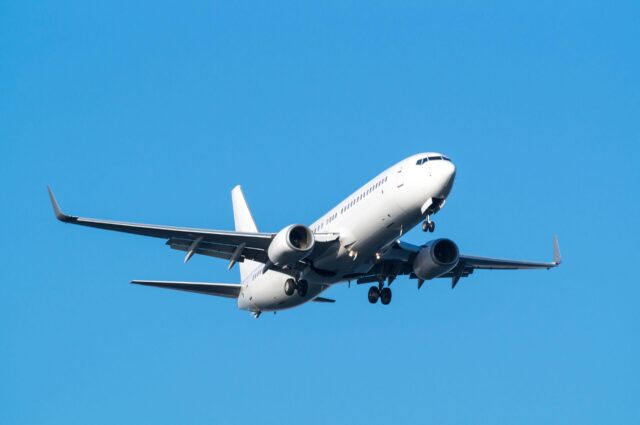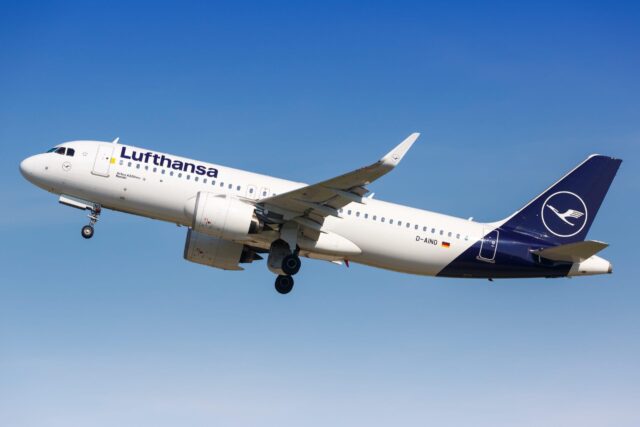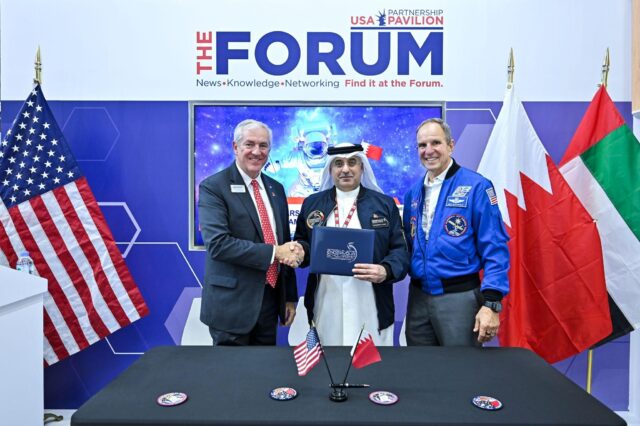Low-Cost Attritable Aircraft Platform Sharing (LCAAPS) programme steps into the spotlight
September 20, 2024

The Air and Space Force Association’s Air, Space and Cyber Conference provided a glimpse of the Common Chassis Concept that promises to dominate the Collaborative Combat Aircraft (CCAs) being developed to augment tomorrow’s manned combat air platforms.
The concept stems from the Air Force Research Laboratory’s (AFRL) Autonomous Collaborative Enabling Technologies (ACET) programme, which is focused on developing technologies for Autonomous Collaborative Platforms (ACP), and which includes the Low-Cost Attritable Aircraft Platform Sharing (LCAAPS) effort. Interestingly, while the wider air force and the NGAD programme use the CCA acronym, AFRL seems to prefer the ACP acronym that is favoured by the UK.
The General Atomics Aeronautical Systems Inc. (GA-ASI) Gambit was developed, in part, to validate the ‘genus/species’ concept developed by AFRL as part of the Low-Cost Attritable Aircraft Platform Sharing (LCAAPS) programme. Both Gambit and LCAAPS focused on building several aircraft variants from a common core chassis.
The company’s XQ-67 OBSS (Off-Board Sensing Station (OBSS)) is in many senses analogous to the Gambit 1 Long-Endurance ISR platform, and the company’s CCA contender (on show in mock-up form) seems to be very much based on the same common core, and broadly equivalent to the Gambit 2 air-to-air combat aircraft.
The Air Force Research Laboratory has also been outlining its thinking at the conference.
Currently, US forces rely on a relatively small number of high value, exquisite platforms with top end capabilities to operate in high threat environments, but this approach has its limitations, and there is widely understood to be a need for greater mass. In the past, unique capabilities were developed independently, leading to higher costs and longer production timelines, but now, inspired by the automotive industry’s best design and manufacturing practices, LCAAPS is pioneering a much more rapid and more affordable model.
LCAAPS is developing multiple uncrewed aerial systems from a base platform, applying a modular, open system architecture approach for maximum commonality, and for streamlining the design and development process. This, it is hoped, will allow the project to achieve affordable but credible mass, producing Inexpensive, tailored role, unmanned ACPs that will augment more ‘exquisite’ vehicles, including manned fighters.
AFRL describes the concept as being comparable to the genus and species taxonomies used in biology, with the ‘genus’ consisting of a core structure with a set of flight critical subsystems, and that can be shared and used as the foundation of various autonomous collaborative platform ‘species’, each with their own unique capabilities.
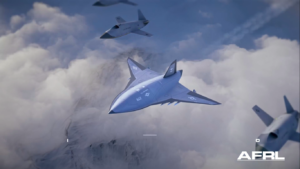
The use of a ‘genus’ platform enables faster and cheaper production and provides greater flexibility to incorporate new technologies as they emerge, fielding them more quickly and affordably, and allowing combatant commanders to respond effectively and quickly to rapidly evolving threats. This ability to respond with the right capabilities at the ‘speed of relevance’ is of paramount importance.
The AFRL LCAAPS programme marks a fundamental transformation in the way the Department of the Air Force does business, providing US forces with responsive, rapid and low cost capabilities with which to overcome its adversaries.
An AFRL video shows an automated manufacturing facility that is clearly “inspired by the automotive industry’s best design and manufacturing practices,” using robotic arms to assemble ACPs, adding particular airframes and systems to a common core ‘genus’ platform to produce a number of ACP ‘species’. The same video showed a formation of five ACPs operating together, one (‘Species 1’) a twin-engined, single-finned, double Delta armed with externally carried air to air missiles, the rest (‘Species 2’) being stealthy, single-engined, twin-finned off-board sensor/comms relay/EA/EW platforms. Both use a common core, and the same modular open systems architecture.
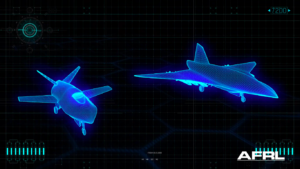
The ‘genus/core’ concept inherent in LCAAPS promises to allow the Air Force to augment its high end, high cost exquisite manned platforms with large numbers of inexpensive, tailored-role, unmanned systems, thereby achieving affordable but credible mass.
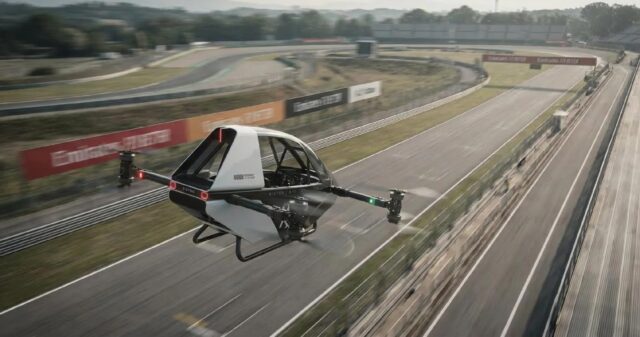

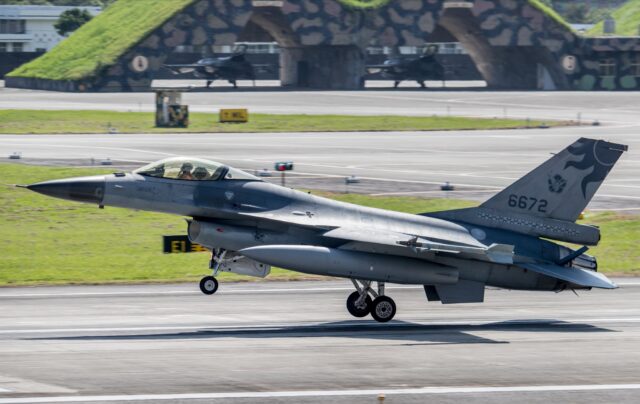
![USAF B-52H lands at RAF Fairford on July 17, 2024 [Khalem Chapman]](https://aerospaceglobalnews.com/wp-content/uploads/2026/01/B-52H-01-Khalem-Chapman-scaled-640x0-c-default.jpg)


